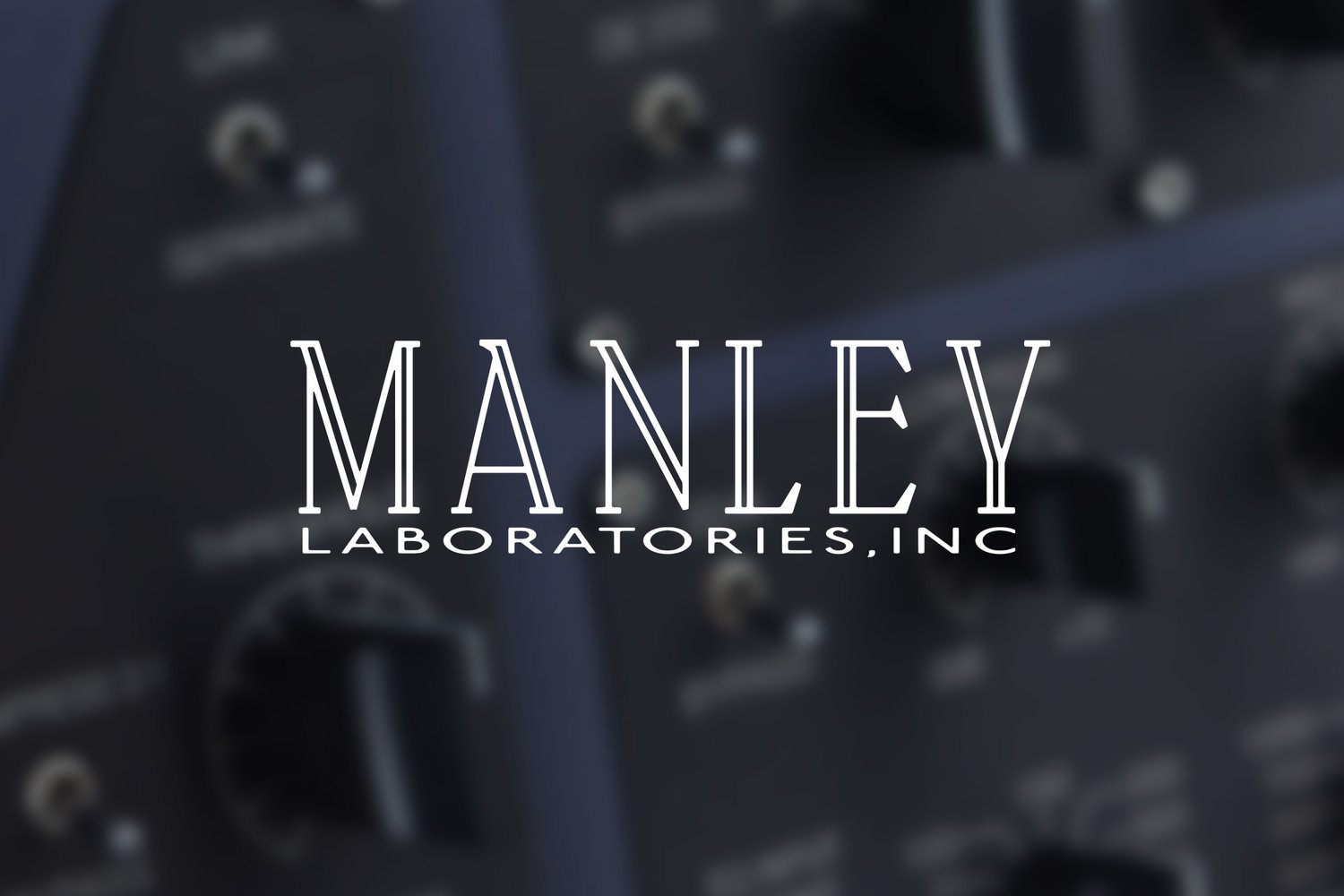I don't have a state-of-the-art system. Mine is worth about $40k, but it makes me happy and it pleases critical listeners, some of whom have systems that cost 3-5 times the retail value of mine. I have been listening to recorded music seriously for almost 50 years, and I'm not as naive as I wish I were...
I inserted a Schiit Loki Max into my system about a month ago, primarily to attempt to clean up some slight "tubbiness" around 400Hz, most noticeable in exposed vocals. It has worked well, although it took the right combination of 120Hz, 400Hz, and 2kHz adjustments to get it right. I have not noted the loss of transparency or spatial effects that TMallin experienced, although I don't doubt that his system is more revealing than mine.
Fundamentally, though, I don't understand why any attempted solution should be off the table. I don't think that most people use tube gear because it's essentially more "realistic" than solid state equipment: most of us who use it do so because we "like" the way it sounds. We also pick our cables, our racks, our room shape and size, our carpets, and everything else because our tastes have developed an affinity for a type of audio presentation. Yes, we don't want our wine to taste like beer, but there is certainly not just one wonderful Cabernet in the world, with all of the others causing us to become angry and argumentative. We are entitled to enjoy our favorites and pursue them, but that doesn't invalidate other tastes. In other words, I don't think that most of us are truly trying to recreate lab-accurate sound; I think we're trying to create sound that pleases us, and that requires tweaking via a range of solutions.
It wasn't that long ago that some serious audiophiles asked if digital sources belonged in state-of-the-art systems. I think that was the wrong question; it would be better (although rhetorical) to ask if primitive digital belonged in state-of-the-art systems. I'd argue that early digital was incapable of presenting lovely sound that reasonably represented the art of the composer and performer, but today's digital is far more capable.
Similarly, I'd argue that my modest $40k system is more capable of presenting lovely sound that represents the art of composers and performers with the Loki Max included than it was without it.
Is there a point in system and room sophistication and quality at which the Loki Max may detract more than it gives? Possibly. But if that question is to be asked about equalizers, it should reasonably be asked about every component and technology. For example: "Do enclosed multi-driver loudspeakers belong in state of the art systems?"









